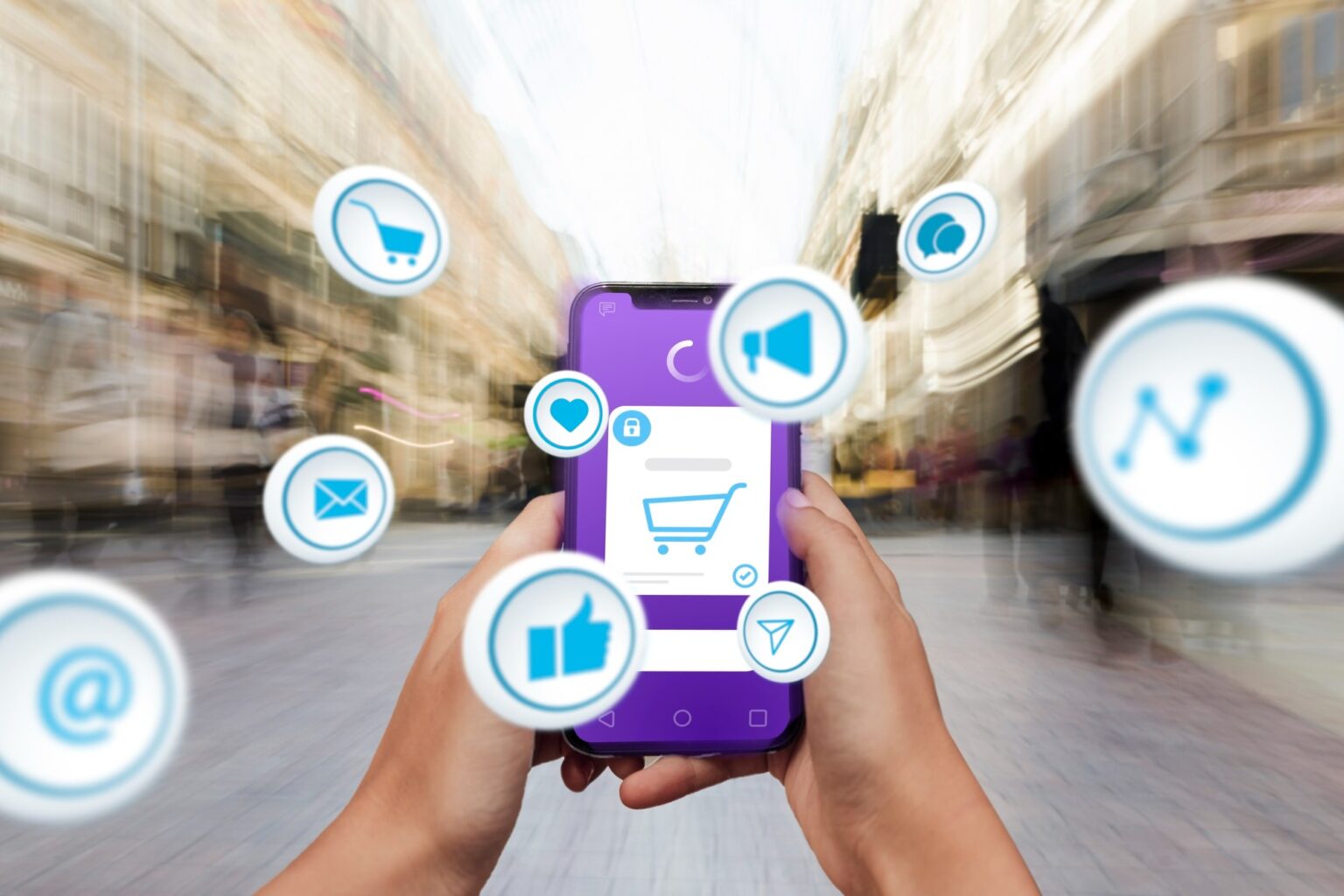The Internet of Things (IoT) is revolutionizing the retail industry by enabling connected stores and smart shelf management. IoT technology involves connecting physical devices, sensors, and objects to the internet, allowing them to collect and exchange data. In the context of retail, IoT is used to create connected and intelligent environments that enhance the shopping experience and optimize store operations. Here’s how IoT is transforming retail:
- Connected Stores: IoT enables retailers to create connected stores where various devices, such as point-of-sale systems, digital signage, security cameras, and environmental sensors, are interconnected. This connectivity allows for real-time monitoring, control, and analysis of store operations. Retailers can remotely manage and monitor store activities, track inventory levels, optimize energy usage, and ensure the safety and security of the store.
- Smart Shelf Management: IoT-powered smart shelves are equipped with sensors that can detect product levels, monitor inventory in real-time, and automatically trigger restocking notifications. This helps retailers ensure that shelves are always adequately stocked, reducing instances of out-of-stock situations and improving customer satisfaction. Smart shelves can also provide data on product popularity and customer interactions, enabling retailers to make data-driven merchandising decisions.
- Inventory Management: IoT-enabled sensors and RFID tags can be placed on products, pallets, or storage areas, allowing retailers to track inventory levels with precision. This real-time inventory visibility helps optimize supply chain operations, improve stock accuracy, and enable efficient inventory replenishment. With IoT, retailers can automate inventory monitoring, streamline stock management processes, and reduce costs associated with overstocking or understocking.
- Customer Engagement: IoT technology enables retailers to deliver personalized and contextualized experiences to customers. By leveraging customer data collected through IoT devices, retailers can send targeted promotions, recommendations, and offers based on individual preferences and purchase history. IoT-powered beacons or geolocation sensors can provide proximity-based notifications or personalized messages to customers when they are in close proximity to specific products or store areas.
- Energy Efficiency and Sustainability: IoT can contribute to energy efficiency and sustainability efforts in retail. Connected devices and sensors can optimize energy consumption by automatically adjusting lighting, heating, and cooling systems based on occupancy or environmental conditions. Smart energy management systems powered by IoT can identify areas of energy wastage and implement energy-saving measures, reducing operational costs and environmental impact.
- Enhanced Store Security: IoT-based security systems, including video surveillance cameras, access control systems, and alarm systems, can improve store security. These systems can be connected to a central monitoring station or accessed remotely, allowing retailers to monitor store activities in real-time, detect suspicious behavior, and respond promptly to security incidents.
- Operational Analytics: IoT-generated data provides valuable insights into customer behavior, store operations, and sales patterns. Retailers can leverage advanced analytics tools to analyze this data and gain actionable insights. These insights can help optimize store layouts, product placements, staffing levels, and promotional strategies. Operational analytics powered by IoT can also help retailers identify operational bottlenecks, improve efficiency, and drive better business decisions.
IoT technology is reshaping the retail industry by creating connected stores, optimizing shelf management, improving inventory accuracy, enhancing customer engagement, and driving operational efficiencies. By harnessing the power of IoT, retailers can create more seamless, personalized, and efficient shopping experiences while gaining valuable insights to make data-driven business decisions.



